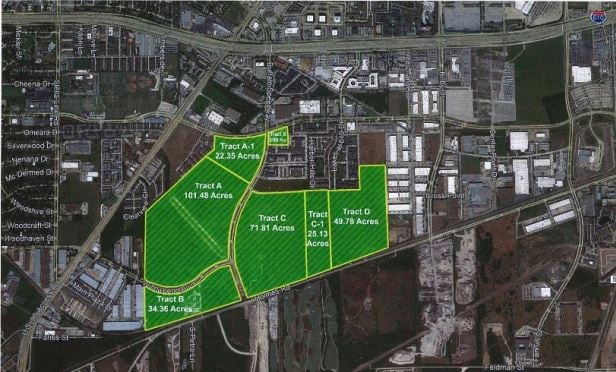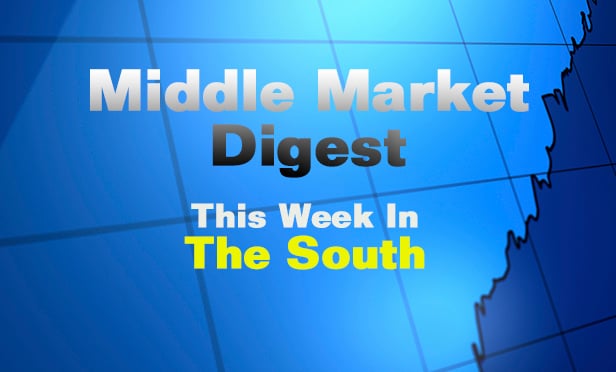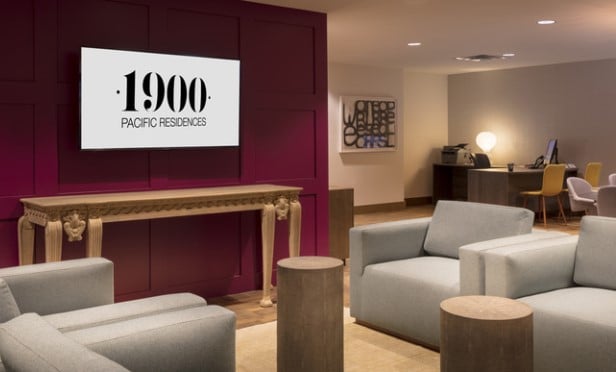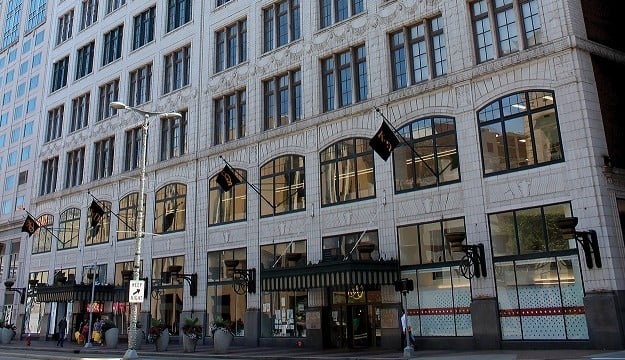
HOUSTON—The University of Texas system is seeking potential buyers or developer-buyers of approximately 300 acres of undeveloped land in south central Houston. The UT system recently issued a Request for Qualifications for the land, which is located less than three miles from the Texas Medical Center. The vacant property surrounds the intersection of Buffalo Speedway and Willowbend Boulevard, south of Loop 610.
The RFQ asks for potential buyers to purchase all or a significant portion of the property. Alternatively, developers would need to provide a development concept, extend infrastructure and then buy tracts constituting all or significant portions of the property.
The board of regents has not authorized any building or programs on the property and ultimately expects to sell all of the land. Its goal is to maximize the financial value of the land to benefit the UT system and its institutions.
The UT system encourages all interested parties to respond through the RFQ process by 5:00 p.m. on May 21, 2018. After reviewing these submissions, the UT system will issue a Request for Proposals to a select group of these respondents that meet qualifications. The UT system hopes to then enter into agreements with one or more respondents for the sale or the development and sale of the property.
The UT system board of regents originally purchased the land in November 2015. Chancellor William H. McRaven convened a task force of Houston education, civic and business leaders to study and propose best uses to increase research and collaboration opportunities in Houston.
However, before accepting the task force's final recommendations about a year ago, McRaven announced that the UT system would cease efforts to utilize the land. McRaven's decision was based on his concerns that the project was overshadowing the work underway on the 14 campuses of the UT system and he did not wish to do anything that could detract from the advancement of UT institutions and those presidents' visions. Consequently he advised the board of regents that any further efforts on the Houston project would be stopped immediately, GlobeSt.com learns.
“I accept full responsibility for the lack of progress on this initiative. I am grateful to the regents, my system staff and the university presidents for their engagement over the last year,” McRaven said in a memo in March of last year. “I am confident that some of the great ideas that emerged from the task force will be worth considering on other UT campuses.”
Following that announcement, board chairman Sara Martinez Tucker appointed a regents' task force to make recommendations on how best to divest the land. The RFQ was prepared at the direction of the task force, chaired by regents' vice chairman and Houstonian Jeffery Hildebrand.
The UT system maintains a significant physical presence and investment in Houston through the UT MD Anderson Cancer Center and UTHealth Houston, in addition to hosting numerous academic and collaborative programs in the city. MD Anderson and UTHealth combined are among Houston's largest employers and the Texas Medical Center's top producer of research expenditures.
The University of Texas System is one of the largest public university systems in the United States. With 14 institutions and a projected enrollment of more than 234,000 students, the UT system confers more than one-third of the state's undergraduate degrees, educates approximately two-thirds of the state's healthcare professionals annually and accounts for almost 70% of all research funds awarded to public institutions in Texas.
The UT system's operating budget for fiscal year 2018 is $18.3 billion, funded in part by $3.6 billion in sponsored programs from federal, state, local and private sources. The UT system is one of the largest employers in the state with more than 20,000 faculty–including Nobel laureates and members of the National Academies–and nearly 80,000 healthcare professionals, researchers, student advisors and support staff.
© Touchpoint Markets, All Rights Reserved. Request academic re-use from www.copyright.com. All other uses, submit a request to [email protected]. For more inforrmation visit Asset & Logo Licensing.







